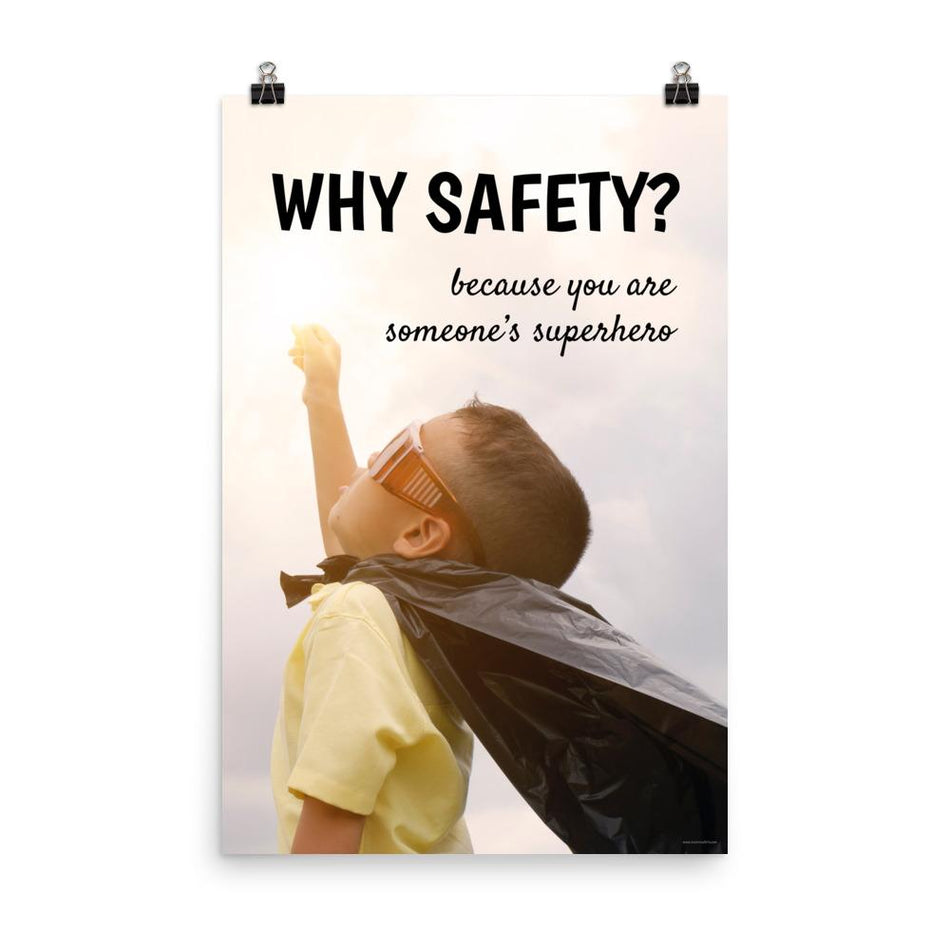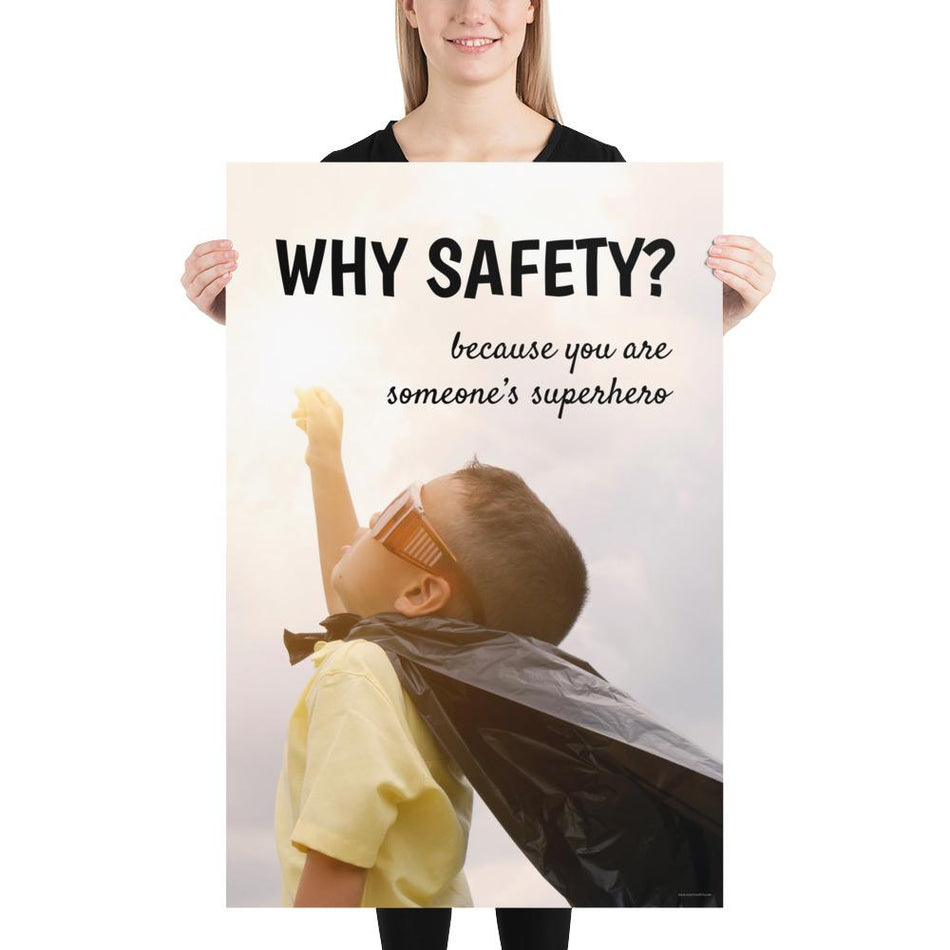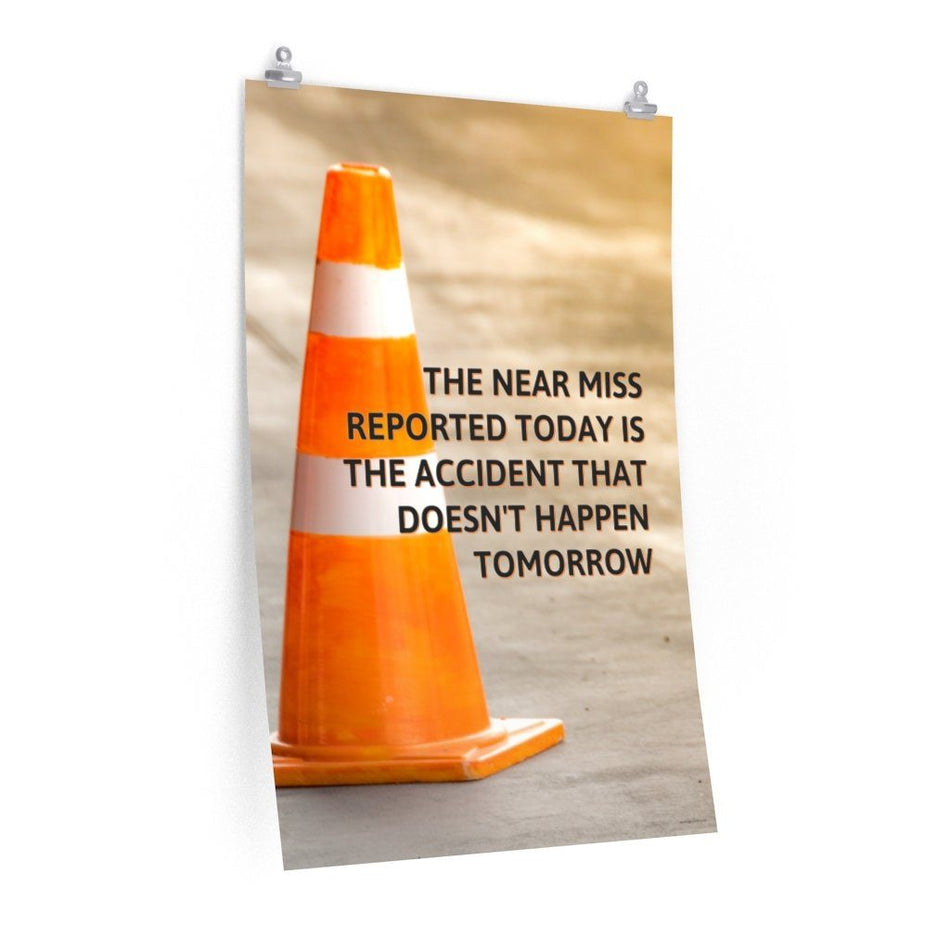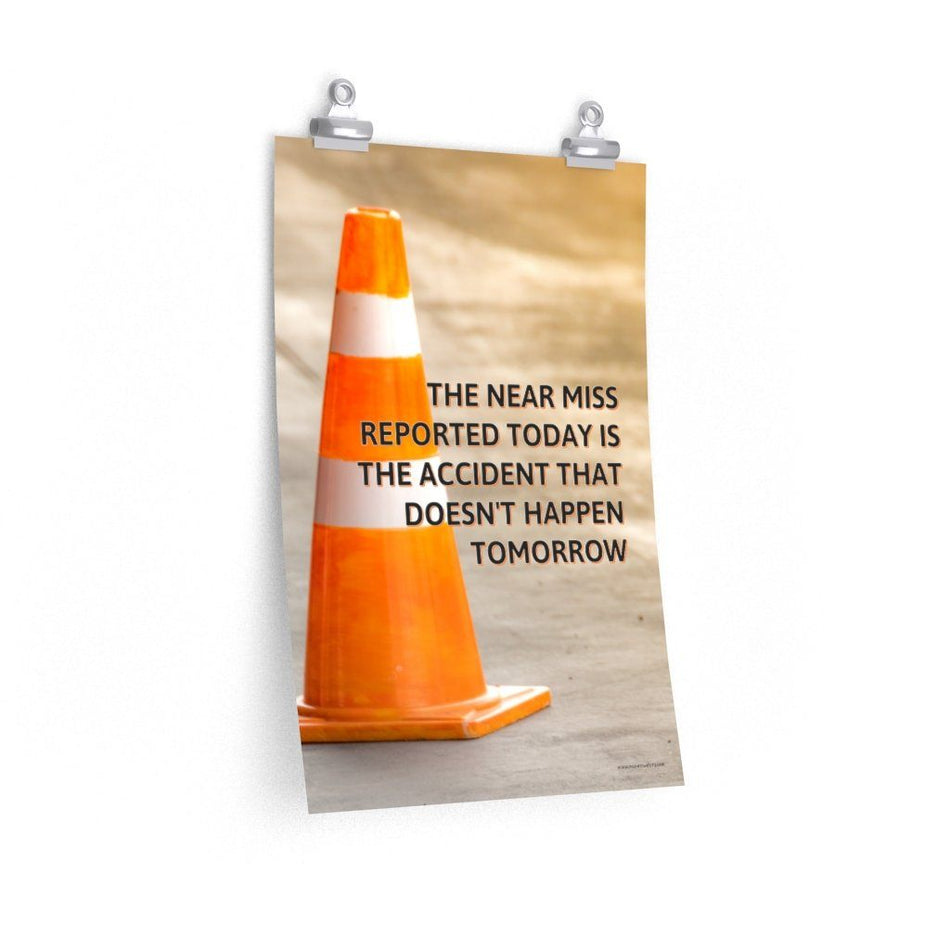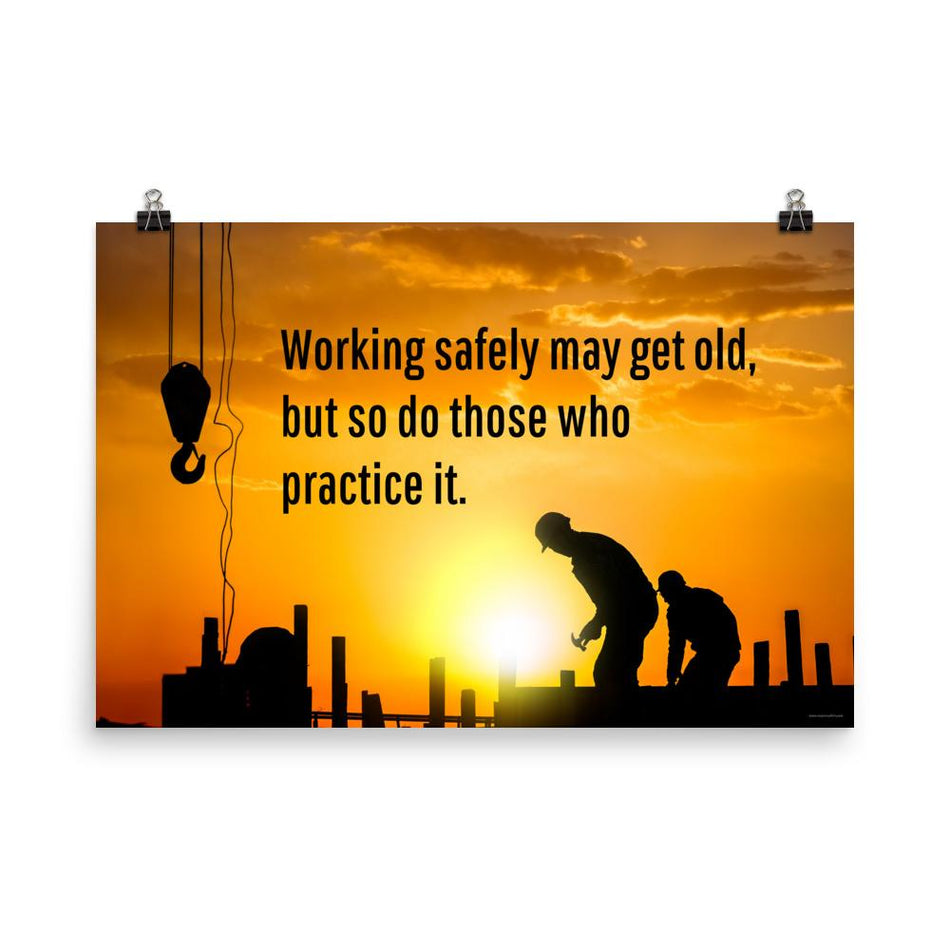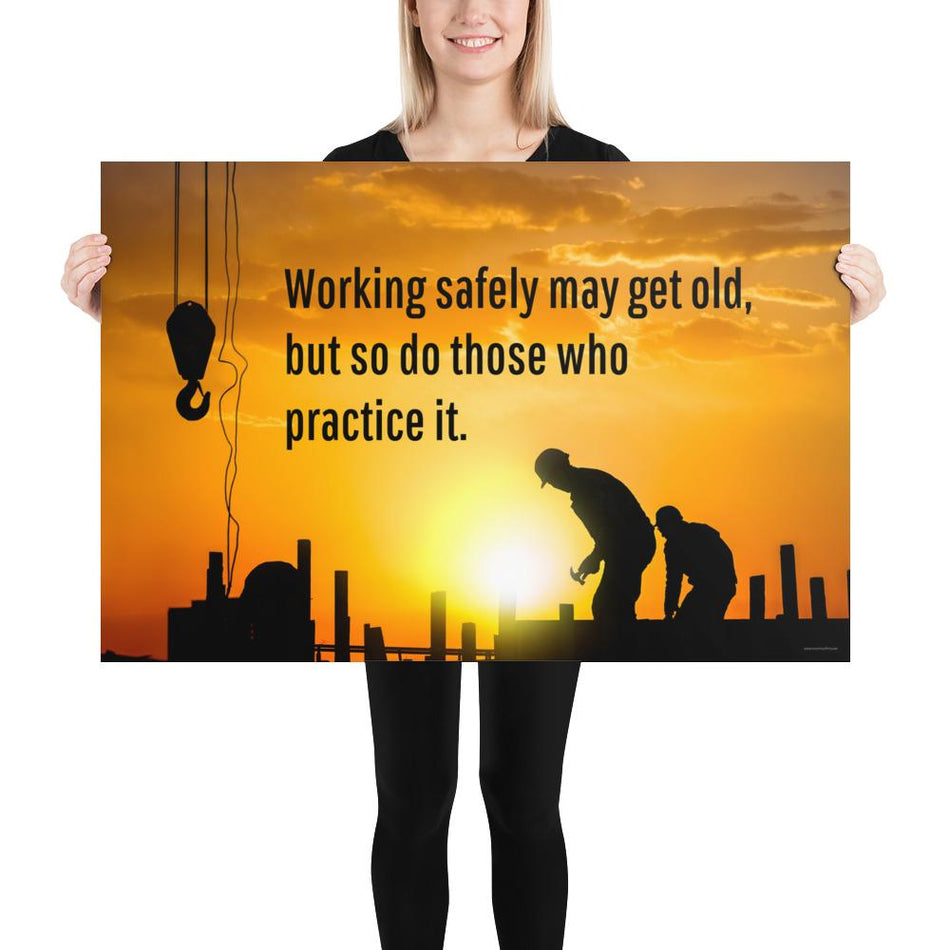Safety is paramount in any workplace setting, but perhaps even more so in warehouses, where the potential for accidents is heightened due to the unique work environment. This space is bustling with forklifts, pallets stacked sky-high, complex machinery, and countless employees all working toward a common goal.
Amidst the buzz, it's essential that everyone remains vigilant about safety practices. One underrated yet effective way to promote safety is with warehouse safety posters. Here's 4 ways these visual tools can reduce accidents and promote a safer work environment.
- Visual Reminders- Our brains process visual information 60,000 times faster than text. This means that when a worker glances at a safety poster, the message can be absorbed almost instantly. This quick visual cue serves as an immediate reminder of the safety protocols, ensuring that they're top of mind even in the middle of a hectic day.
- Consistent Reinforcement- It’s one thing to watch a safety video or to be given a manual to read, but reinforcement is key. Safety posters ensure that the critical safety messages are reinforced every single day, every time a worker walks by. Over time, this consistent reinforcement ingrains the safety practices in the minds of workers.
- Highlighting Specific Hazards- Every warehouse has its unique set of risks, whether related to machinery, chemicals, or even common warehouse equipment. Choosing the right safety posters for a unique workplace allows management to highlight specific dangers pertinent to their facility, ensuring that employees are always aware of the most pressing safety concerns.
- Encourages Peer Accountability- When safety guidelines are displayed prominently for everyone to see, it fosters an environment where workers hold each other accountable. If someone forgets a safety protocol, another worker can easily point to a poster as a gentle reminder. This promotes a culture where everyone looks out for each other.
Humans, by nature, are visual learners. Studies have shown that people remember 80% of what they see compared to 20% of what they read and 10% of what they hear. This means a visually striking poster that communicates safety measures can be a very effective tool in retaining information.
Safety posters, with their visual appeal and clear messaging, play a pivotal role in creating an environment where safety is prioritized.
Warehouse safety is not just about heavy machinery and protective gear; it's also about the culture and environment you foster. Safety posters, with their visual appeal and clear messaging, play a pivotal role in creating an environment where safety is prioritized.
A warehouse that prominently displays safety posters sends a clear message to its workers: "We care about your well-being." This boosts morale, as workers feel valued and protected. A happy and motivated worker is more likely to be cautious and less prone to making mistakes that lead to accidents.
When every worker walks into the warehouse and is constantly reminded of the best safety practices through posters, the chances of accidents reduce dramatically. Investing in well-designed, clear, and vibrant safety posters is a small step with significant implications for the overall safety and well-being of everyone in the warehouse.
In fostering a culture of safety, these visual aids act as constant reminders to operators and bystanders alike, paving the way for safer workplaces and reduced accident rates. As the old adage goes, "A picture is worth a thousand words." In the context of warehouse safety, it might also be worth countless saved lives and prevented injuries.



